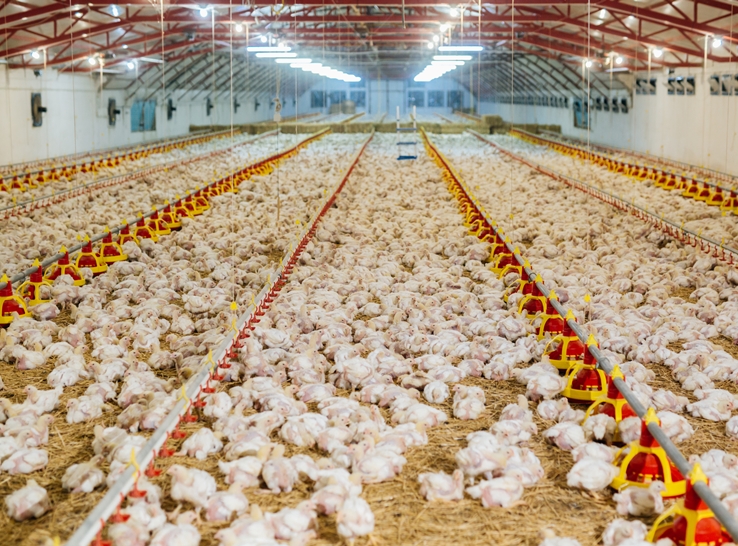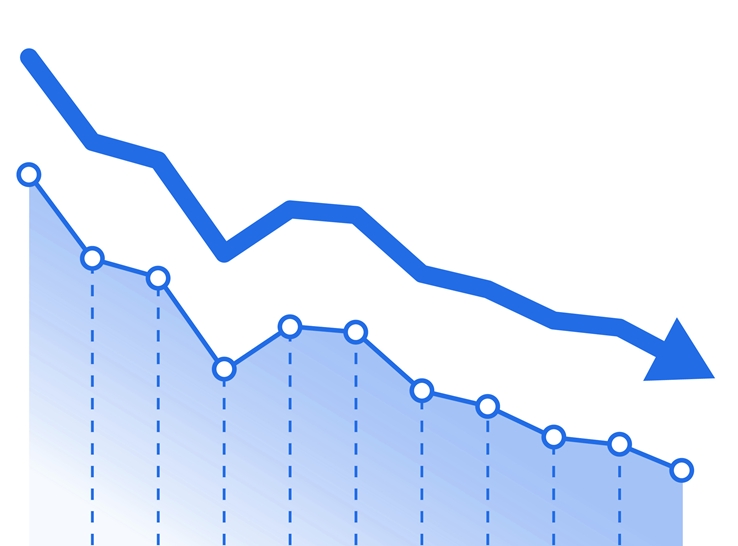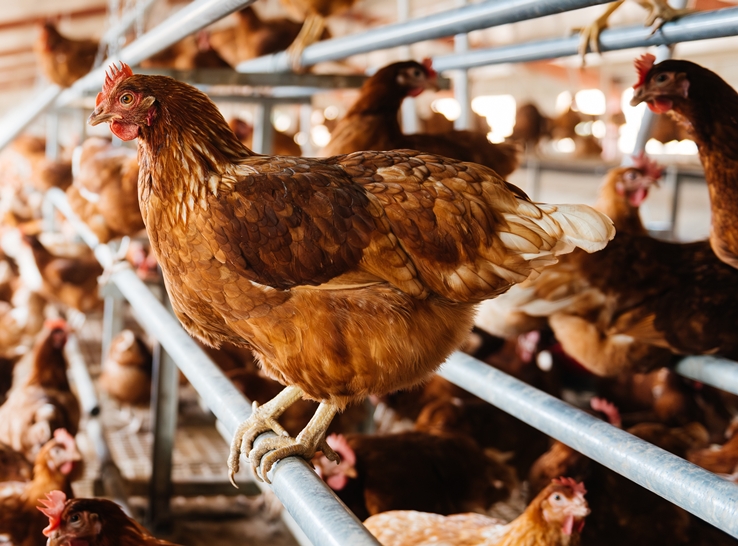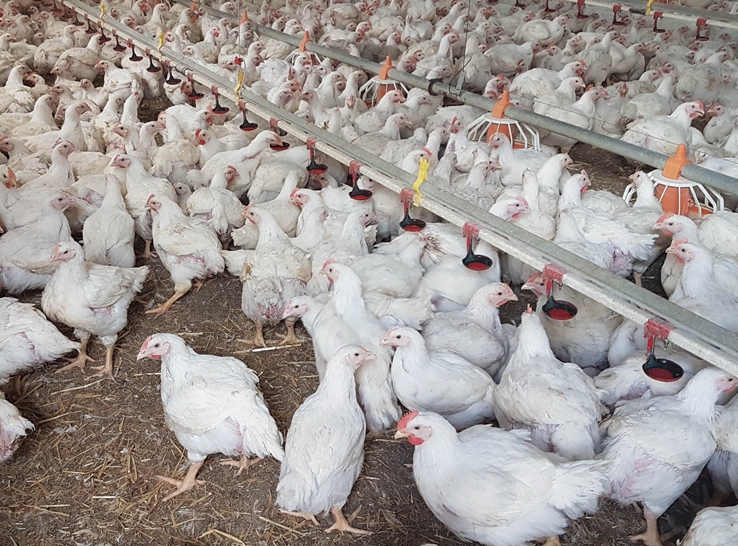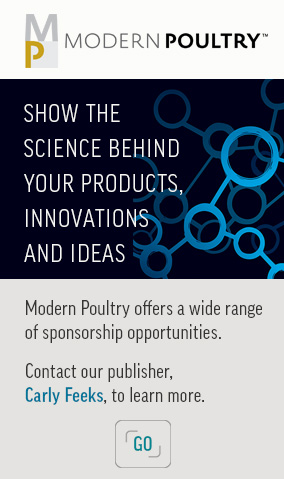By Ken Opengart, DVM, PhD, DACPV
3 Birds Consulting
Signal Mountain, Tennessee
Birds that are dead on arrival (DOAs) at the processing plant are a great example of maximum inefficiency. Significant resources have been invested to raise a bird, only to have it yield no return.
DOAs are also an important key welfare indicator (KWI), and although they can’t always be prevented, it’s important to monitor and take action when the incidence of DOAs trends in the wrong direction.
The responsibility for tackling the problem of DOAs involves both live and plant operations — and it can be highly challenging. Finding effective solutions that improve animal welfare and curtail losses requires collaboration between these two segments, not finger pointing.
Welfare considerations
DOAs as a KWI are best described and defined in the recently published International Poultry Welfare Alliance’s Key Welfare Indicator Reference Guides for Broilers and Turkeys. The process of delivering market-age birds to the plant is a continuum that involves house preparation for catch, handling at catch, loading/holding at the farm, transport, holding at the plant, unloading, conveying and shackling.
If we consider that broilers and turkeys live fairly calm lives from the time they arrive at the farm until they are caught, events during the last hours before processing can be stressful, resulting in negative welfare outcomes if not closely monitored and managed.
The DOA rate is one of the most visible KWIs, perhaps because it represents a well-defined welfare metric with easy-to-calculate economic consequences. It represents the entire process of catching and delivering birds to the plant.
Although the DOA rate is a well-defined, objective measurement, determining the specific place in the process where birds succumb can sometimes appear subjective until an additional assessment is done. Without additional assessment, DOA issues are never resolved and will continue to plague an operation.
It’s also important to note that once an issue has been corrected, DOAs should continue to be measured, monitored and managed to ensure performance doesn’t slip again. The goal of managing this important KWI should be to minimize bird discomfort and increase positive outcomes.
Economic considerations
From an operations perspective, the total investment at the point a market-age bird becomes a DOA includes the cost to produce the chick or poult, the cost of feed, the cost to pay the grower and the cost to catch and transport the bird to the plant. If a bird dies in the process, the most that is returned is the value of the rendered bird’s weight.
As an example, taking January 2024 broiler production costs into consideration, the investment in each bird delivered to the plant is approximately $3.25. In other words, for each DOA, $3.25 is lost. Based on these figures, in a 1,250,000-per-week broiler complex that processes 6.50-pound birds with a DOA rate of 0.25%, the annualized DOA cost is approximately $500,000. For every 0.01% increase above 0.25%, the additional cost is approximately $20,000 per year.
For reference, average broiler complexes in the US run about 0.25%; top companies run around 0.10%. The economic impact of elevated DOAs becomes greater when you also consider the lost profit associated with fewer sellable pounds from the broilers that don’t make it through the process — over $33,000 annually for every additional point (0.01%) of DOAs.
Using the 2024 example above, a complex that reduces DOAs to better than average could reduce annual losses by $300,000 (0.15% x $20,000) and improve annual revenue by nearly $500,000 (0.15% x $33,000).
Establish an action trigger
I find it helpful for operations to determine an action level that triggers an investigation into an elevated rate of DOAs. Without a pre-established action level, the issue may persist without investigation or corrective action.
It’s also helpful to generate a process map from house preparation through shackling. In my experience, specific process steps can negatively influence the DOA rate if not properly managed. Understanding each step and factors that could contribute to elevated DOAs is very helpful when trying to diagnose a problem.
Lastly, it’s important to conduct DOA surveys to assign a “cause of death” for the DOAs being evaluated. Surveys can help determine the specific process step and specific cause of DOAs and are critical to understanding where to address the primary issue.
I generally categorize DOAs into five categories: trauma, infectious, physiologic, environmental or no significant lesions.
Trauma:
A cursory external exam of a DOA can determine obvious causes of death, such as trauma to the head or extremities that may have occurred during catching or loading. If there are no observations from examining the bird externally, a more complete necropsy is required to determine the potential cause of death.
Ruptured livers are also caused by trauma and can be easily identified when the birds are necropsied. Typically, birds will have a large amount of frank hemorrhage in or around the liver with no other lesions present.
Infectious:
Some infectious causes of DOAs can be identified through external observations. Clostridial dermatitis is a good example, where characteristic lesions in the skin and subcutaneous tissue are indicative of the infection. Typically, on-farm mortality will also be elevated within the last weeks before catch, which can be a clue that DOAs may also run higher. Birds with septicemia may also succumb during the catch and haul process. These birds are typically small, dehydrated and thin, and are obvious when conducting DOA surveys.
Infectious causes of DOAs can also be determined by examining internal organs during necropsy. Significant infection around the heart, lungs, liver, air sacs or intestines can lead to excessive DOAs. Pairing these observations with elevated farm mortality can be a good indication that infection is driving the elevated DOA rate. Evaluation of flock health and condition prior to catch should be an assessment that is completed and shared between live operations and live haul.
Physiologic:
Physiologic causes of DOAs are less common and usually don’t drive large swings in the DOA rate. When doing a survey, they are worthy of accounting for as they could lead to the identification of an underlying issue. I usually categorize peri-renal hemorrhage, aortic rupture and ascites as physiologic causes of DOAs. Of the three, ascites is the most common and would typically be identified as a cause for on-farm mortality that would carry over during the catch and haul process or be identified during carcass inspection in the plant.
Environmental:
Ambient temperature and humidity can have a significant impact on the DOA rate, especially if necessary precautions aren’t taken or not optimally managed. In my experience, the DOA rate in heavier broilers is more affected by higher temperatures, while the DOA rate in lighter broilers is more affected by lower temperatures. Extreme temperatures, either high or low, will be detrimental to birds of any weight.
The impact of temperature and humidity during loading, transport and holding can be somewhat mitigated by seasonal adjustments to the process. In cold weather, side- and head-boards can be added to trailers and modules, and cages can be wrapped. In hot weather, fans and misters at loading and holding help keep birds comfortable. These programs require planning, coordination, communication and attention to detail for the greatest positive impact on DOA rate.
No significant lesions:
The last category for DOA categorization is birds with no identifiable cause for mortality. Most of these birds have presumably died from heart attacks or are birds that end up on their back in the crate or module and are unable to right themselves. In my experience with broilers, these are often bigger males and can represent 50% to 60% of normal DOA mortality.
Other factors to consider:
When investigating a DOA issue, once a process map has been developed and DOA surveys conducted, there should be a good indication of the cause and location of the problem. Other questions to ask as part of a corrective action plan include:
-
-
- Did process mapping identify specific areas where standard operating procedures need to be updated?
- Is there adequate annual training for all personnel involved in bird handling and transport (catch crews, drivers, unloaders, shacklers)?
- Is all equipment properly and preventatively maintained and repaired in a timely manner when needed (crates or modules, holding areas, unloading and conveying system)?
-
Addressing an elevated DOA rate is often a challenge because the process spans several departments. Reducing DOA rates requires a disciplined and systematic approach that considers both the immediate causes and underlying issues.
Enhanced training for workers in animal handling and transportation practices can improve the welfare of animals during transit. Implementing better transportation practices, such as proper ventilation and environmental control, can also reduce stress and the risk of DOAs.
Furthermore, increasing oversight and enforcement of animal-welfare standards can help ensure compliance and accountability. The quickest fix comes when there is shared ownership, close collaboration and excellent communication among all process stakeholders. Having a shared DOA goal between live and plant operations also helps maintain focus on the target by all who can affect performance.
By implementing practical solutions, stakeholders can improve animal welfare, reduce financial losses and enhance the overall sustainability of their operations.
Editor’s note: The opinions and/or recommendations presented in this article belong to the author and are not necessarily shared by Modern Poultry.

